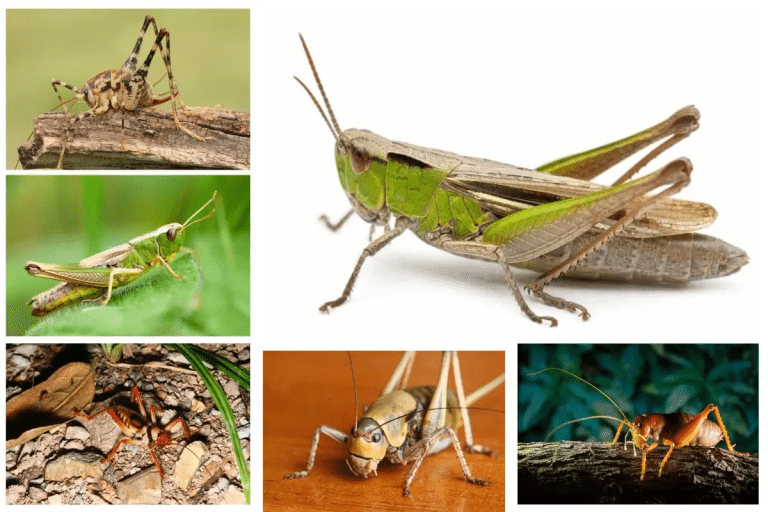Is Creeping Thyme Invasive – A Complete Guide!

With its delicate leaves and strong scent, creeping thyme is a popular choice for farmers who want to make their yards look nicer and smaller.
People love this hardy ground cover because it has pretty leaves and a sweet scent.
It often has groups of small, tubular flowers ranging from white to pink or purple.
When gardeners think about adding creeping thyme to their outdoor places, they often question how to grow it and keep it under control.
This article will go into great detail about spreading thyme, including its traits, how it grows, and the best ways to care for and grow it.
We’ll also answer the question that comes up a lot: Is creeping thyme invasive?
Understanding Creeping Thyme
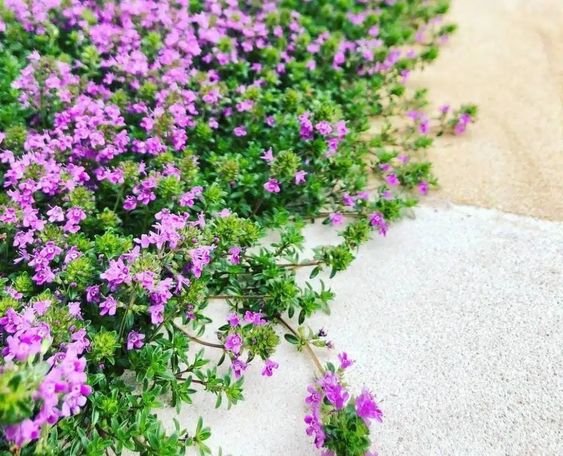
Thymus praecox or Thymus serpyllum is the scientific name for creeping thyme. It is a low-growing, spreading plant in the mint family (Lamiaceae). This beautiful group of small, tubular flowers cover its leaves. These flowers can be as different in color as a painter’s palette.
They can be pure white, soft pink, or bright purple. One of the cutest things about it is that when its leaves are gently crushed, they release a sweet smell that has won it a special place in the hearts of garden lovers.
Is Creeping Thyme Invasive?
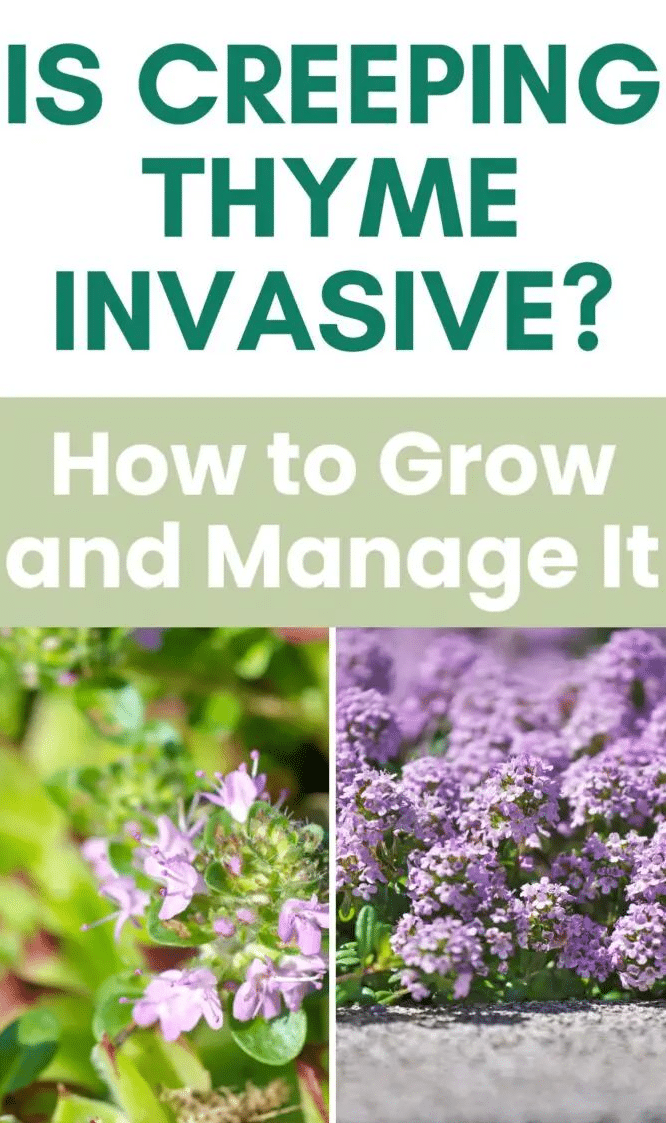
People often wonder if creeping thyme is harmful because it grows so quickly. But even though creeping thyme is a strong plant that spreads easily, it is not usually considered an invasive species that can take over local ecosystems. To fully understand what growing thyme is and how it relates to invasiveness, we need to look more closely at its traits and actions:
1. Spreading Nature
Creeping thyme grows best when it can spread. It sends out shoots or runners that root and start new plants. Depending on your growing goals, this ability to spread can be both a good thing and a bad thing.
2. Controlled Growth
Regular upkeep is important to keep creeping thyme from spreading too far. The plant’s growth can be controlled and kept within the right limits by pruning it back in the spring.
3. Soil Condition
How invasive spreading thyme is can also depend on how the soil is. It might not spread as quickly in poor or dry soils, but it can be stronger in rich, well-watered soils. If you know how it reacts with dirt, you can better control its growth.
4. Benefits of Creeping Thyme
Some gardeners might be wary of this plant’s spreading growth, but it’s important to know all the good things it can do for the yard and landscape. It’s a great ground cover because it keeps weeds down, stops soil erosion, attracts bees, and gives off a pleasant scent that makes your outdoor space more enjoyable to be in.
Is Creeping Thyme Invasive: Growing and Managing Tips for Success
If you want to get the most out of creeping thyme in your yard while also controlling its growth, here are some detailed tips on how to grow and care for it:
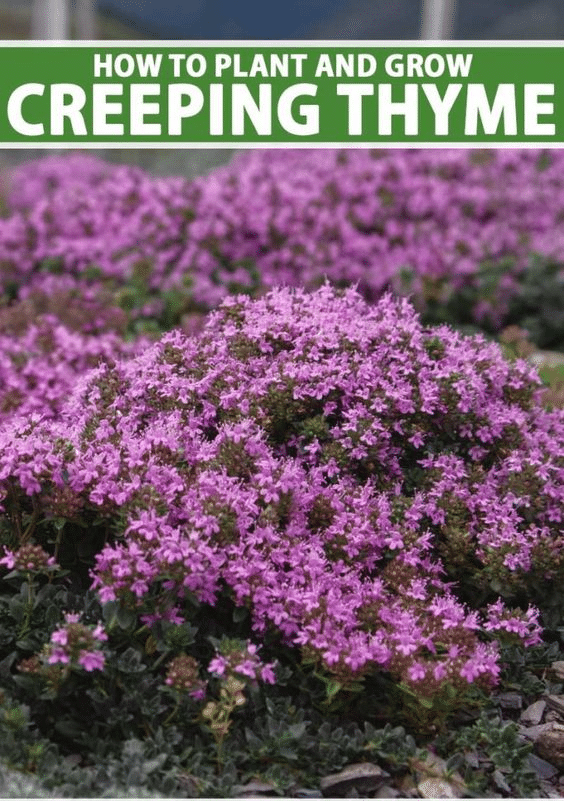
1. Pick the Right Place
Picking the right place is the first step to growing creeping thyme successfully. Please place it in a spot that gets some sun to some shade and has dirt that drains well. Creeping thyme does best when it gets at least six hours of direct sunshine daily. It is important to look at the microclimates in your yard, though, to find the best places to plant.
2. Right Spacing
When you plant spreading thyme, make sure you leave enough space between each plant. Aim 6 to 12 inches between each plant. This space between plants lets their spreading growth habit do well. If you want faster service, you might want to plant them closer together.
3. Pruning and Trimming
For the growth of thyme, it is important to prune and trim it regularly. As soon as new growth starts in the early spring, you should cut back the plant to keep it in shape and stop it from spreading. Also, cutting off the ends of dying flowers can help the plant produce more flowers throughout the season, making it look better.
4. Prepare the Soil
Preparing the soil is very important for the success of your spreading thyme. Adding organic matter to heavy clay soils will help them drain well. A pH of about 7.0 is best for creeping thyme. It is slightly alkaline to neutral soil. You can figure out what changes need to be made by testing the dirt to find out its pH and nutrient levels.
5. Watering
It is very important to water correctly, especially during the establishment phase. When you put creeping thyme, make sure to water it regularly until its root grows. Once it’s established, though, it can handle some dryness and actually likes it when it gets a little dry between waterings. Too much water can cause root rot, so it’s important to keep an eye on the soil’s wetness level.
6. Fertilization
Most of the time, creeping thyme doesn’t need a lot of fertilizer. Most of the time, one dose of a balanced, slow-release fertilizer in the spring is enough to meet its nutritional needs. If you fertilize too much, your plants may grow too quickly and need more care.
7. Mulching
Putting mulch around plants can help keep the soil wet, keep weeds away, and lower the level of competition. Organic mulch, like straw or compost, not only keeps water in the soil but also makes it better and adds nutrition as it breaks down.
8. Physical Edging and Barriers
If you are worried that spreading thyme will spread beyond your desired borders, you might want to put up physical edging or barriers. These can successfully limit the plant’s spread, ensuring it grows where you want it to while still looking nice. Edging can be made of metal, plastic, stone, or other materials; the one you choose should match the style of your yard.
9. Improving the Soil
Check the health of your soil every so often and make any necessary changes to help creeping thyme grow quickly but not out of hand. It could mean adding organic matter, changing the pH level, and making up for any missing nutrients. If you have healthy dirt, your plants will be healthy and strong, too.
10. Companion Planting
Use the idea of companion planting to make your yard ecosystem work well together. Choose plants that do well with creeping thyme and need about the same amount of water and sunshine. Having the right plants in your yard can make it look even better.
11. Dealing with Pests and Diseases
Climbing thyme can get bugs and diseases just like any other plant. Aphids, spider mites, and root rot are all common problems. It is important to be careful, check your plants often for signs of problems and take steps to avoid them. If you need to, use the right chemical or organic methods to quickly eliminate problems.
12. Regular Checking
Check your growing thyme plants often for signs of disease, stress, or too much growth. To keep your plants healthy and alive, you must find problems early and act quickly.
13. Garden Design
When you’re planning your garden or yard, give creeping thyme a lot of thought. Its low, spreading growth makes it a great choice for rock gardens, paths, edges, and other places where it can improve the look of the whole area.
14. Container Gardening
Gardeners who are worried about his creeping thyme spreading, especially in small areas or near other plants, might want to put it in pots or raised beds. This method lets you keep the plant’s growth nearly more under control while still enjoying its beauty and scent.
15. Watch Out for Invasiveness
Even though creeping thyme isn’t usually considered invasive, you must be careful and proactive about managing its growth to keep it from taking over your garden. Regular pruning containment strategies are key to effective management.
Advantages of Creeping Thyme in the Garden
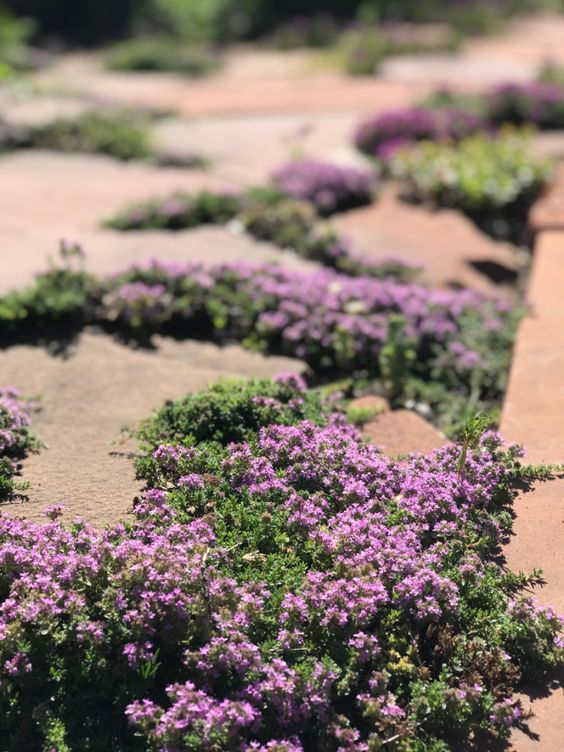
Creeping thyme is a useful plant to have in any outdoor place because it has many advantages in the garden and landscape:
1. Ground Cover
One of the main things that spreading thyme does is cover the ground. Its dense growth helps fill in empty spots, which keeps the soil from washing away and makes a nice-looking carpet of greens.
2. Weed Control
The strong growth of creeping thyme stops weeds from growing, so you don’t have to use herbicides or do hard, time-consuming hand weeding.
3. Stop Soil Erosion
The spreading habit of creeping thyme can be used to keep the soil stable and stop erosion on hills and banks where soil erosion is a problem.
4. Attracts Pollinators
The flowers of creeping thyme are a draw for pollinators like bees and butterflies. It helps the environment stay healthy by providing food for local pollinators.
5. Fragrance
When you crush or brush against the fragrant leaves of spreading thyme, they give off a lovely scent that makes your garden more enjoyable to smell.
6. Aesthetic Appeal
The small, colorful flowers and leaves of creeping thyme make your garden plan more interesting and beautiful. It can be used to make beautiful borders or to make the edges of paths softer.
7. Low Maintenance
Once it’s established, spreading thyme doesn’t need much care. It needs less care and water than many other ground plants, which makes it a great choice for gardeners who want something easy to keep up.
8. Tolerance to Drought
Creeping thyme can handle drought, which makes it a good choice for farming or xeriscaping that uses little to no water.
9. Uses in Cooking
Climbing thyme is beautiful to look at, but it can also be eaten and used as a cooking plant. Its leaves make many different foods taste great, from roasted meats to soups and stews.
10. Uses in Medicine
Thyme has been used in traditional herbal medicine for its possible healing qualities. It may help with digestion and is thought to have cleansing properties. It is more commonly used in cooking, but it could also be used as medicine adds another interest to this plant.
Conclusion
Because it looks nice and can be used in many ways, creeping thyme is a great plant in any yard or landscape.
Some people may wonder if it is invasive because it grows so quickly, but it is important to remember that it is not invasive in the damaging way that some aggressive species are.
Instead, the growth of creeping thyme can be controlled with the right care, maintenance, and containment methods.
You can enjoy the beauty, scent, and many benefits of creeping thyme while keeping it under control by knowing how it grows, putting it in the right spot, giving it regular care, and thinking about its role in your garden plan.
So, does spreading thyme take over? Not if you take care of it with care and enjoy its unique qualities in your yard or landscape.
Frequently Asked Questions
Is Creeping Thyme an Exotic Plant?
Most of the time, creeping thyme is not considered invasive in the same way that aggressive non-native species can take over natural environments. It tends to spread, but it can be controlled with the right care and attention. You can use creeping thyme in your yard without it taking over if you prune it often and keep its growth under control.
Can I Grow Creeping Thyme as a Ground Plant in a Sunny Spot Where the Soil isn’t Very Good?
Although creeping thyme can grow in various soils, it does best in soil that drains well and gets a lot of sun. Adding organic matter to bad soil can help it drain better and grow more plants. Even though spreading thyme can handle some dryness, you need to make sure that your soil drains well to keep root rot and other problems from happening.
Are There Certain Plants that Grow Well with Growing Thyme in The Garden?
Planting companions can make your garden look better and keep it healthy. Lavender, rosemary, sage, and other herbs that need the same amount of sun and water as creeping thyme make great partner plants. These pairings not only make the garden look nice, but they also bring in pollinators and good hugs.

